Social media has become an integral part of our daily lives, allowing us to connect with people, share experiences, and stay up-to-date on the latest trends. Over the years, social media platforms have evolved, bringing new features and functionality that have changed the way we communicate and interact online. From Facebook to TikTok, let’s take a look at the evolution of social media and the impact it has had on our lives.
1. Introduction
Social media has come a long way since the early days of Friendster and MySpace. Today, social media platforms are ubiquitous, with billions of people using them to connect with friends, family, and strangers from around the world. The evolution of social media has been a fascinating journey, with each platform bringing its unique features and functionality that have shaped the way we interact online.

2. The Birth of Social Media
The roots of social media can be traced back to the early days of the internet. In the 1990s, websites like GeoCities and Tripod allowed users to create their own web pages and connect with others who shared their interests. However, it wasn’t until the emergence of blogging platforms like LiveJournal and Blogger that social media as we know it today began to take shape.
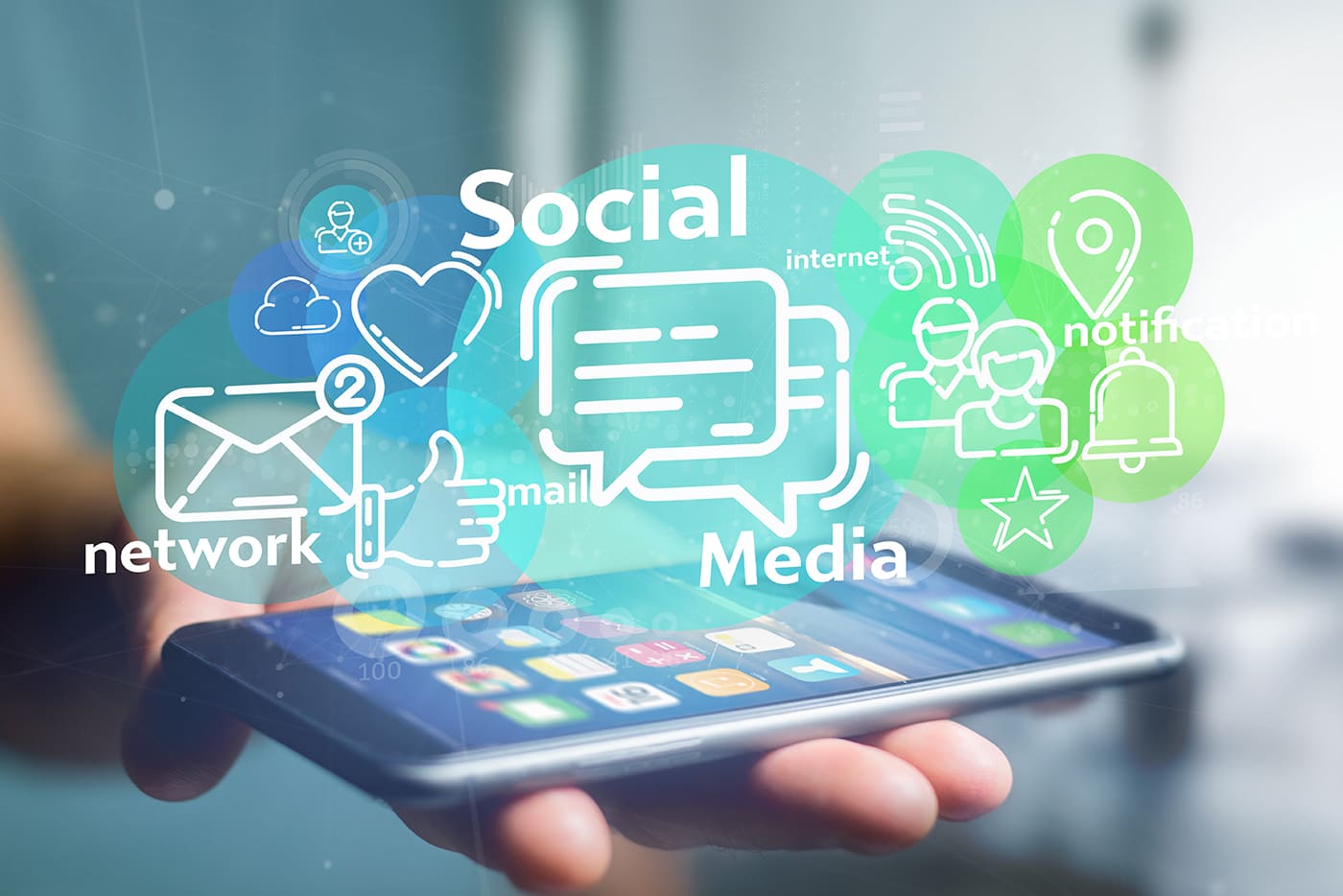
3. Facebook – The Pioneer of Social Media
When Facebook launched in 2004, it quickly became the pioneer of social media, changing the way we connect and share information online. With its clean, user-friendly interface, Facebook allowed users to connect with friends, share photos and videos, and join groups with like-minded individuals. Today, Facebook is the most widely used social media platform, with over 2.7 billion active users worldwide.
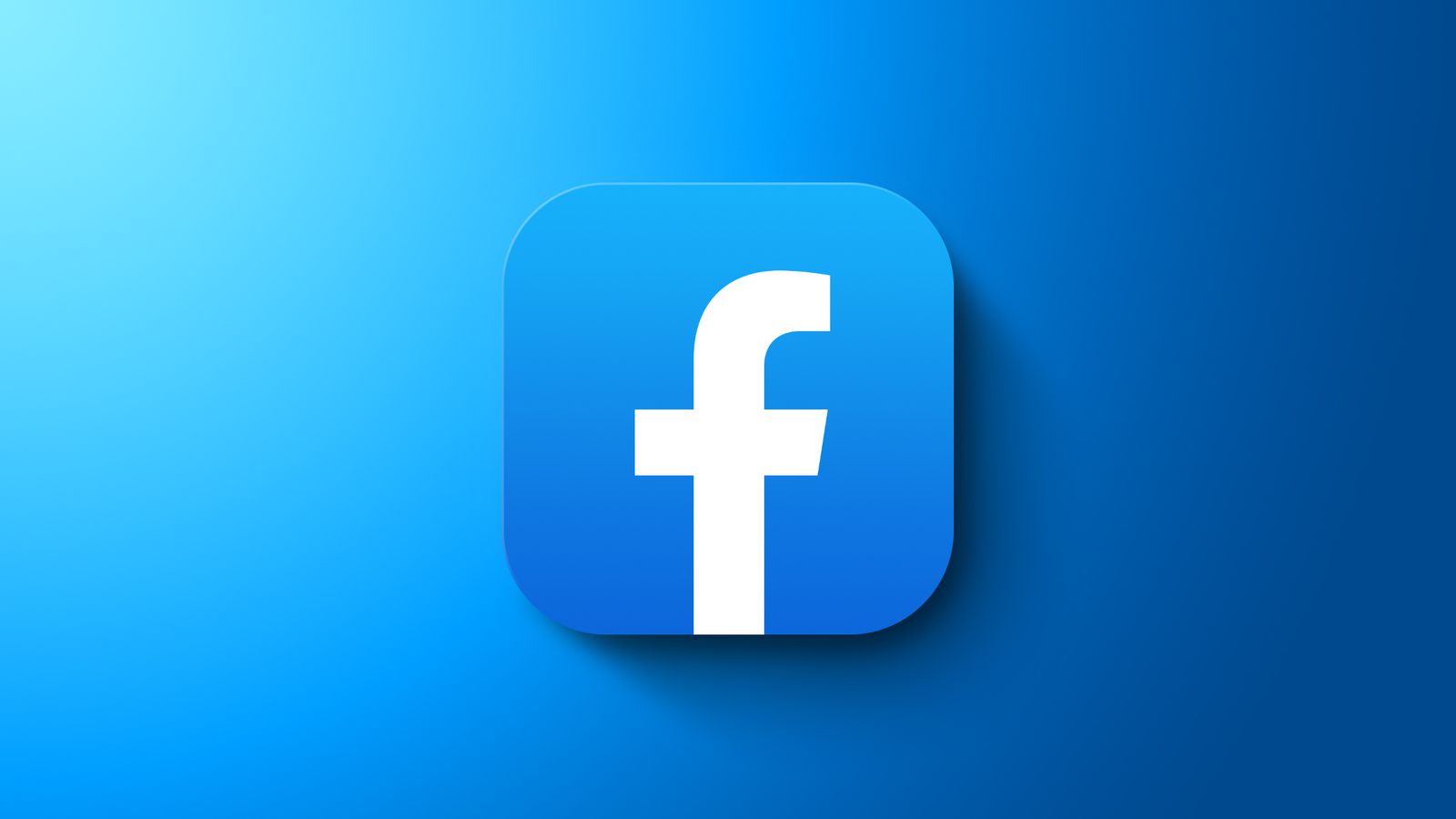
4. Twitter – Real-Time Communication
Twitter launched in 2006, bringing real-time communication to social media. With its 140-character limit, Twitter allowed users to share their thoughts and opinions in short, concise messages known as tweets. Twitter became a popular platform for breaking news and celebrity gossip, and it quickly became an essential tool for businesses and politicians to communicate with their followers.
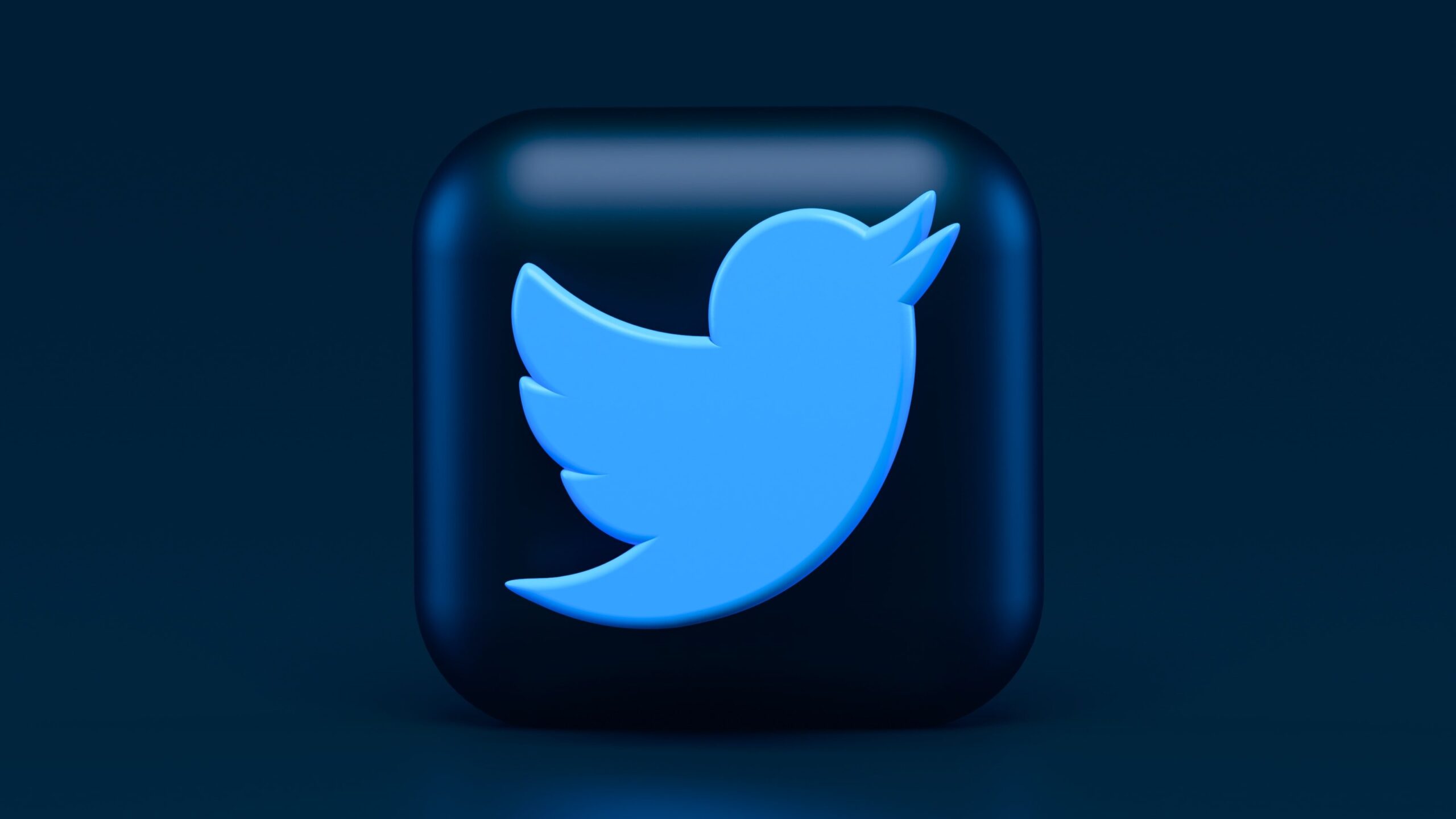
5. Instagram – Visual Storytelling
Instagram launched in 2010, bringing visual storytelling to social media. With its focus on photos and videos, Instagram allowed users to share their experiences and adventures in a visually compelling way. Instagram’s user-friendly interface and powerful editing tools made it easy for anyone to create stunning visuals and share them with their followers.
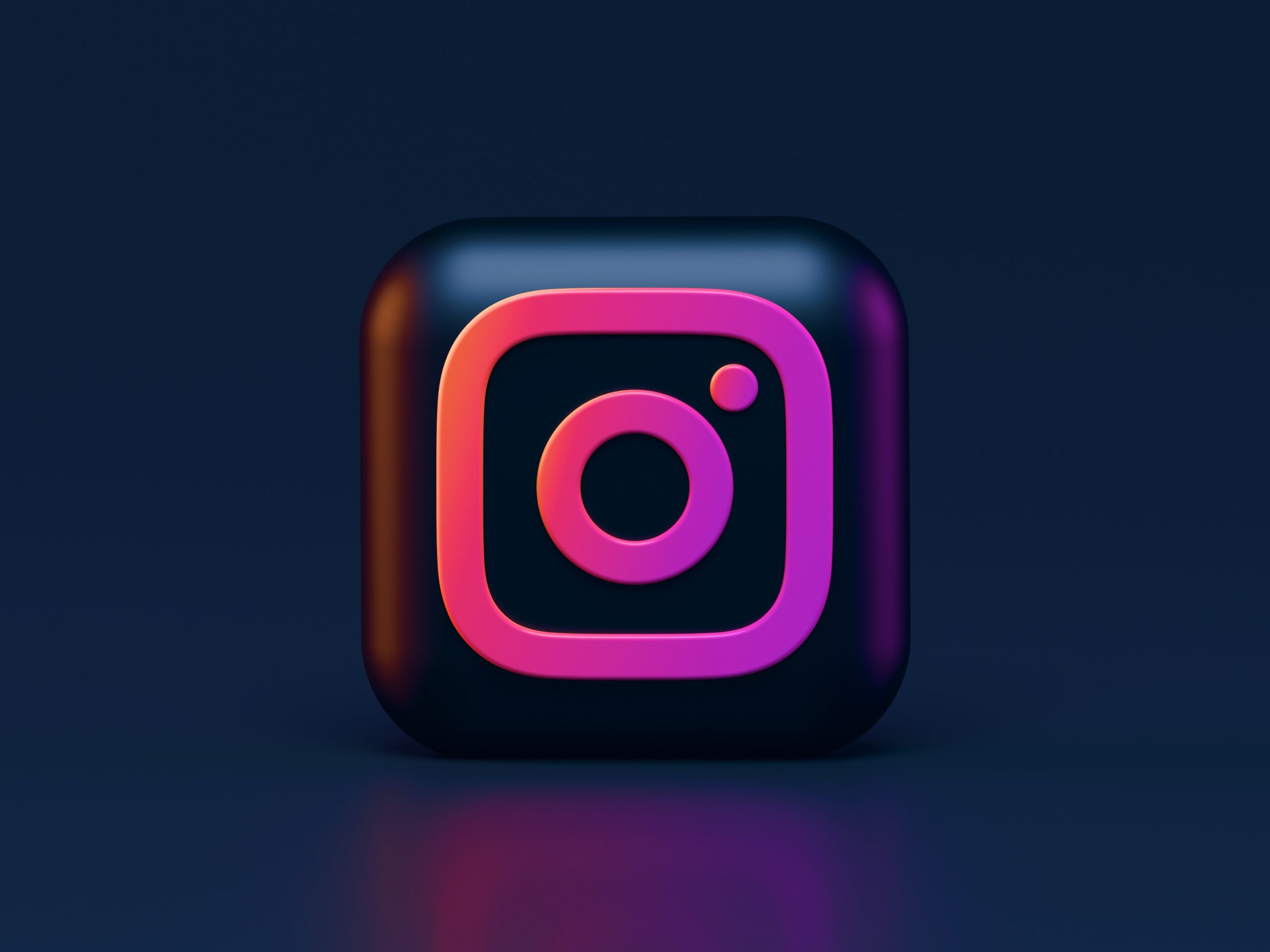
6. Snapchat – Ephemeral Content
Snapchat launched in 2011, introducing the concept of ephemeral content to social media. With its disappearing messages and self-destructing photos and videos, Snapchat allowed users to share moments in a more intimate and authentic way. Snapchat became particularly popular with younger audiences, and it quickly became a platform for influencers and celebrities to connect with their fans.
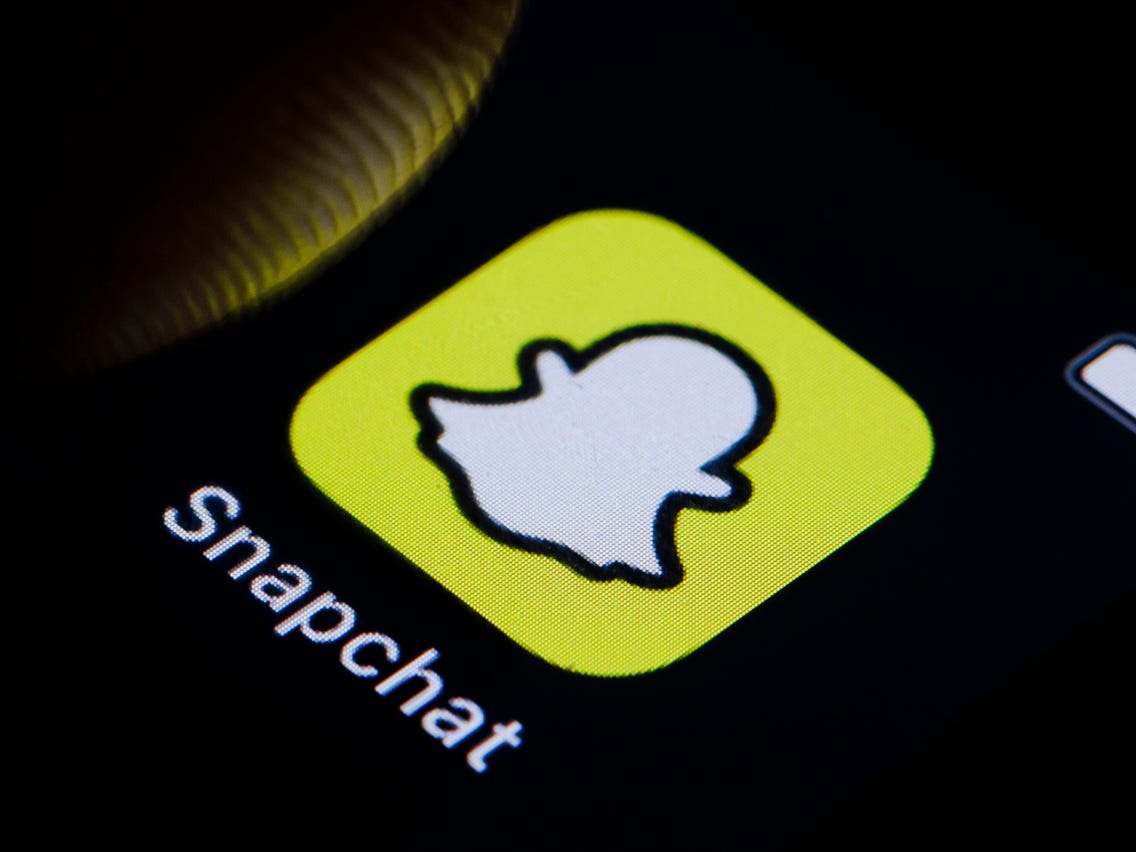
7. YouTube – Video Sharing
YouTube launched in 2005, revolutionizing the way we consume video content online. With its vast library of user-generated videos, YouTube became a platform for entertainment, education, and inspiration. YouTube’s monetization program also made it possible for creators to earn a living from their content, and it has become a viable career option for many.

8. TikTok – Short-Form Video
TikTok launched in 2016, bringing short-form video to social media. With its 60-second limit and powerful editing tools, TikTok allowed users to create entertaining and engaging videos that quickly went viral. TikTok has become particularly popular with younger audiences, and it has created a new generation of influencers and content creators.

9. The Future of Social Media
The future of social media is exciting, with new platforms and technologies emerging all the time. Augmented reality, virtual reality, and voice-based interfaces are just a few of the technologies that are set to transform the social media landscape. Social media platforms will continue to evolve, bringing new features and functionality that will change the way we interact and communicate online.

10. The Impact of Social Media on Society
Social media has had a profound impact on society, both positive and negative. On the positive side, social media has allowed us to connect with people from around the world, share experiences, and promote social causes. On the negative side, social media has been linked to cyberbullying, mental health issues, and the spread of misinformation.

11. The Dark Side of Social Media
The dark side of social media is a topic that has gained a lot of attention in recent years. Social media has been linked to addiction, depression, and anxiety, and it has been accused of fueling political polarization and the spread of fake news. The anonymity of social media has also made it a breeding ground for hate speech, cyberbullying, and online harassment.
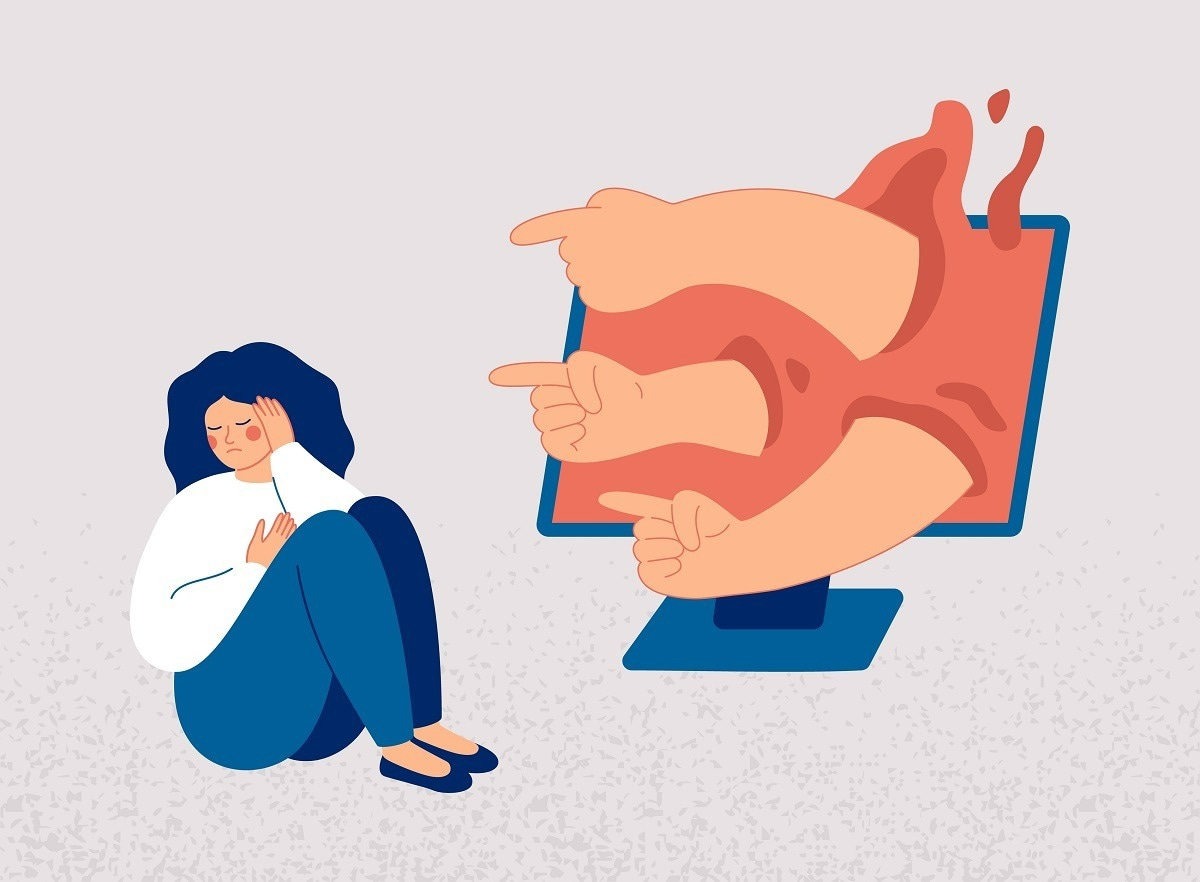
12. How Social Media is Changing the World
Social media has changed the world in many ways, from the way we consume news and entertainment to the way we do business and communicate with each other. Social media has given a voice to marginalized communities, and it has played a crucial role in political and social movements around the world. Social media has also transformed the way we shop, learn, and even find love.
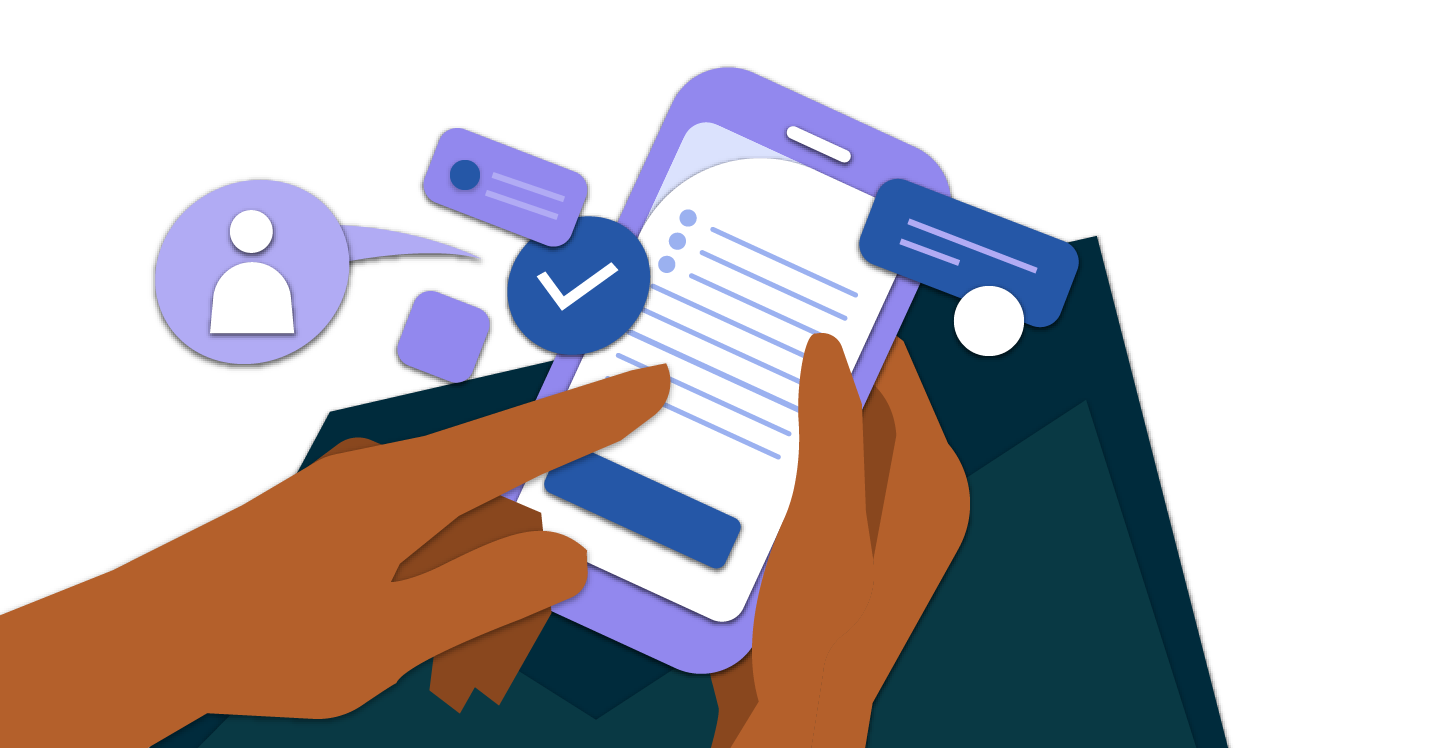
13. Conclusion
The evolution of social media has been a fascinating journey, with each platform bringing its unique features and functionality that have changed the way we interact and communicate online. Social media has had a profound impact on our lives, both positive and negative, and it will continue to shape the way we live, work, and play in the future.

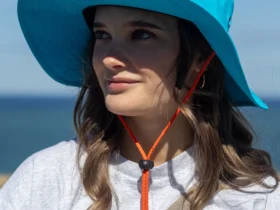













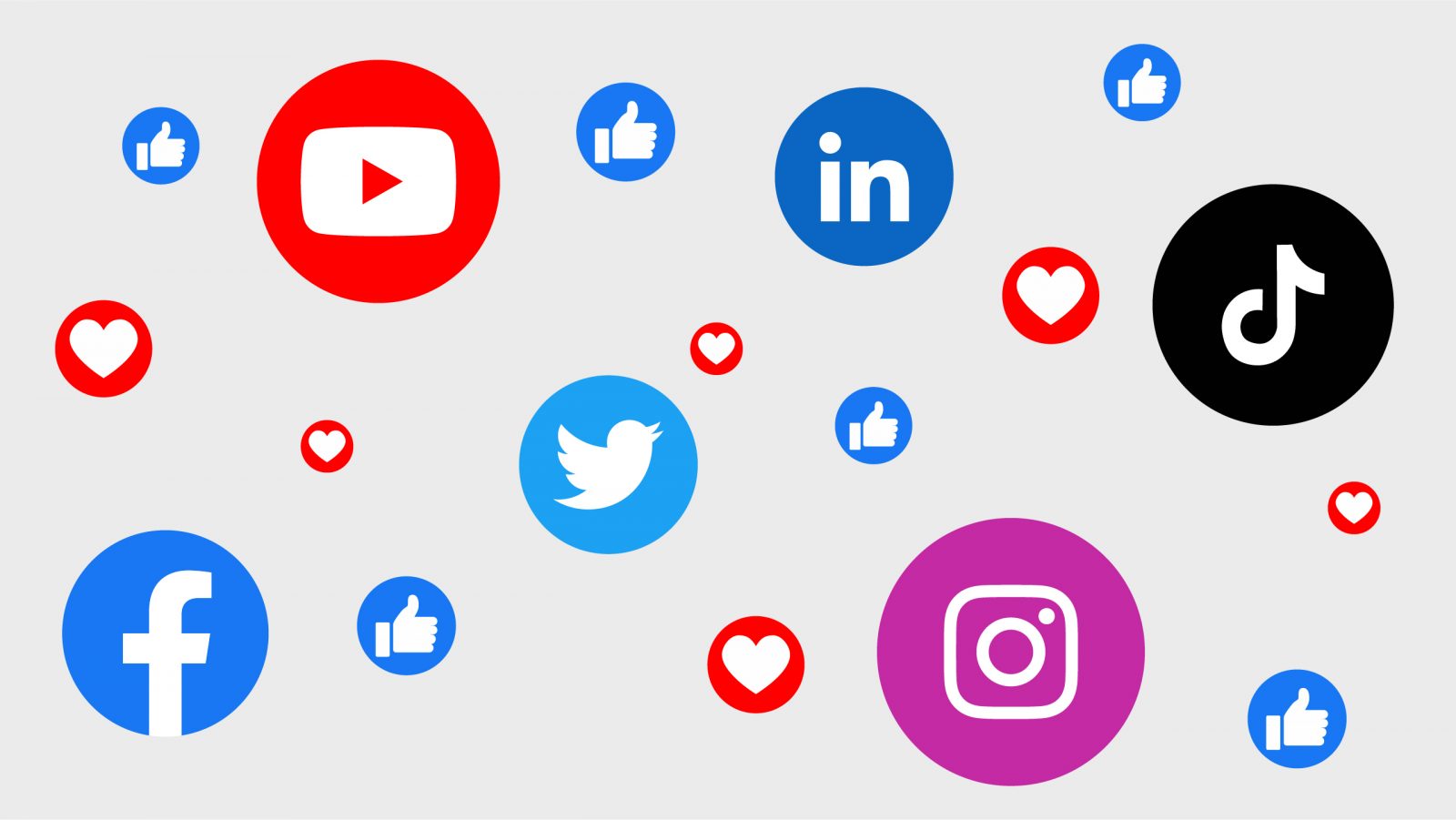

Leave a Reply